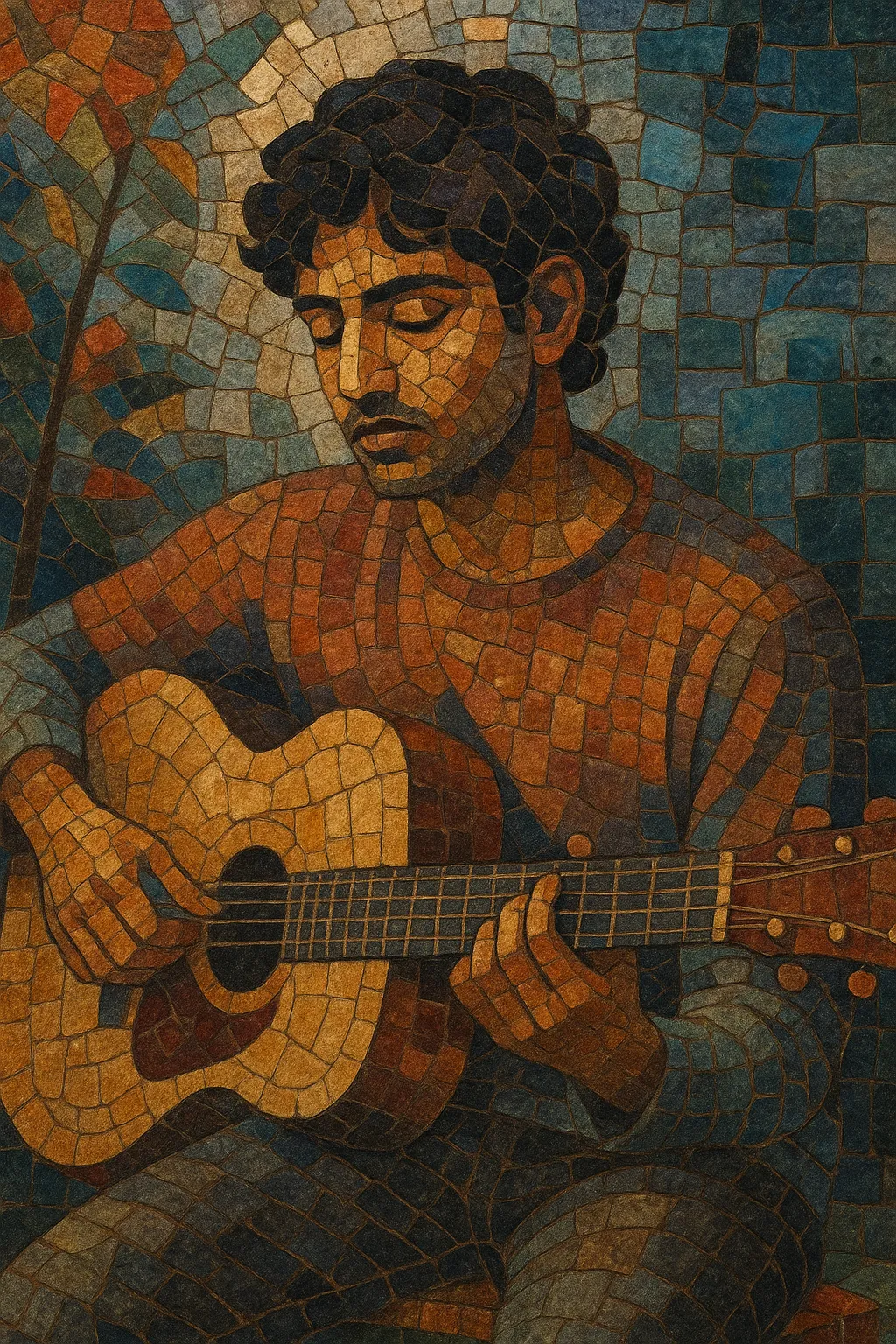Hindi indie is a contemporary Indian independent music movement in which artists write and release primarily Hindi-language songs outside the traditional Bollywood film system. It blends the intimate storytelling of singer-songwriters with the textures of indie folk, alternative rock, and mellow pop, often presented with understated, DIY production.
Sonically, the style favors acoustic guitars, light percussion, piano, and atmospheric synths, with warm, close-miked vocals that foreground lyrics. Thematically, Hindi indie tends toward introspective and romantic subjects, urban coming‑of‑age narratives, and everyday imagery expressed in colloquial Hindi (often seasoned with Urdu vocabulary). The result is a relatable, low-key aesthetic that contrasts with the scale and spectacle of mainstream film music.
Hindi indie traces its roots to the 1990s Indipop boom and college-band circuits, when non-film Hindi acts like Euphoria and Lucky Ali proved there was an audience for independent Hindi songs beyond cinema. Parallel alt/rock and fusion groups (e.g., Indian Ocean) showed that Hindi lyrics could sit within band-driven, non-film arrangements.
The 2010s brought affordable home recording, social media, and streaming platforms, enabling a new wave of Hindi singer-songwriters and bands to bypass the film industry. Festivals (e.g., NH7 Weekender), boutique labels and distributors, and a supportive live circuit helped artists like Prateek Kuhad, The Local Train, and Ankur Tewari cultivate large followings with intimate, acoustic-leaning songs and relatable Hindi writing.
As playlists, YouTube sessions, and sync opportunities multiplied, Hindi indie aesthetics began influencing mainstream pop and even film soundtracks. Indie artists contributed original songs to web series and films, while production broadened to include lo‑fi textures, indie electronic flourishes, and chamber-pop touches. The scene remains decentralized and language-forward, with strong regional ecosystems and a sustained emphasis on authenticity and live performance.


